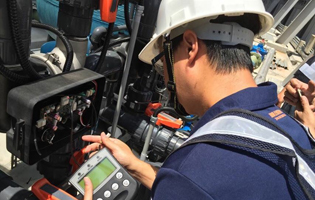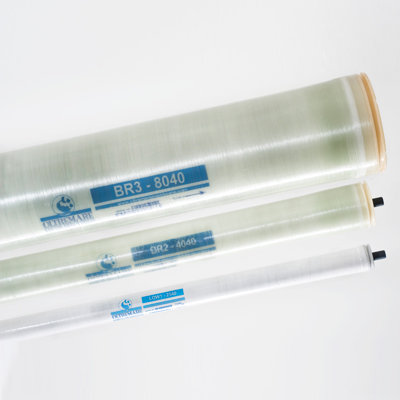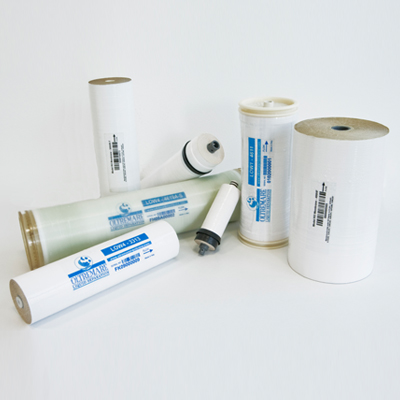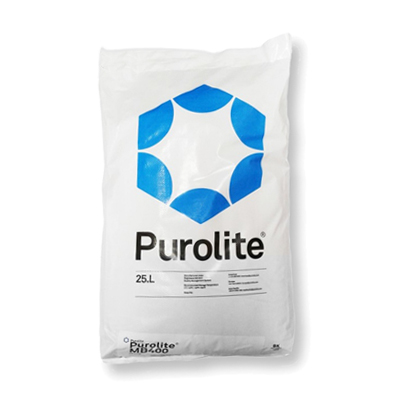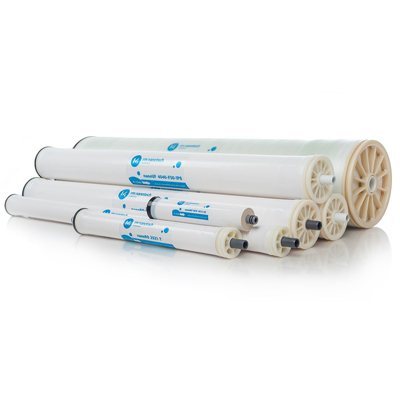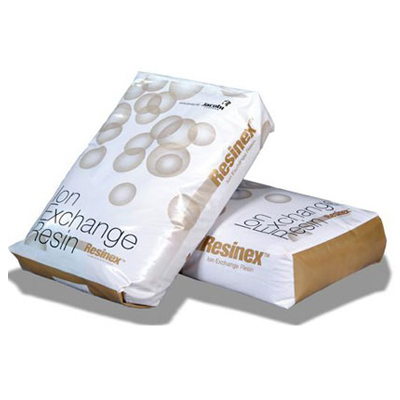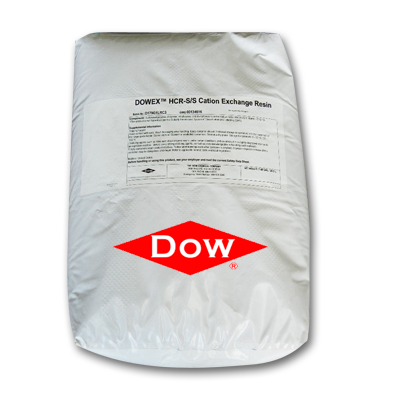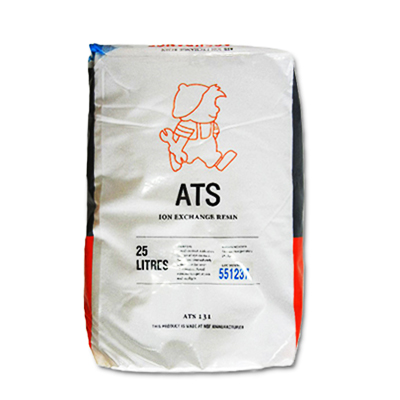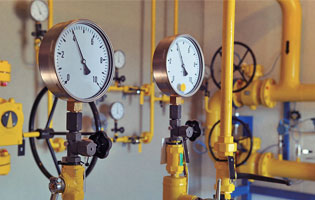PRODUCT INFORMATION
Chemical Terminology Education VIII
- front page
- product
- Injection treatment technology
- Technology Development Department
- Chemical Terminology Education VIII
Product Information
- heat treatment
-
water treatment
- Arsenic remover
- Desulfurizer
- Deaerator
- Water softener (calcium and magnesium ion removal)
- Carbon filter (removes odor and residual chlorine)
- Sand filter (removal of suspended impurities)
- Iron remover (removal of iron and manganese ions)
- RO water purifier
- Pre-backwash filter
- UV ultraviolet sterilizer
- Ion exchange resin
- reverse osmosis membrane tube
- quick filter
- Various tanks for water treatment
- Various application filter media
- 美國 Clack Clark control valve
- 美國 Fleck Control Valve
- 美國 Pentair Control Valve
- 美國 Autotrol Control Valve
- Runxin Control Valve
- Injection treatment
- Technology Development Department
-
brand
- Demo brand
- US DOW
- IDEX USA
- US CLACK
- EMERSON, USA
- American PENTAIR
- SIEMENS Germany
- American PULSAFEEDER
- Denmark DANFOSS
- Thailand HAYCARB
- France SUNTEC
- UK PUROLITE
- Japanese NOP
- Japan OLYMPIA
- Japan KATSURA
- BRAHMA, Italy
- SAGINOMIYA
- HONEYWELL
- AZBIL (YAMATAKE)
- OLTREMARE
- NIPCON
- TROCHOID
- domestic
- EGO
- KATO
- LECIP
- ATS
- JACOBI
- ETATRON
- WAVE CYBER
- BOSCHINI
- NIPPON
- WL
- CASH ACME
- YAZAKI
- RUNXIN
- About | Contact
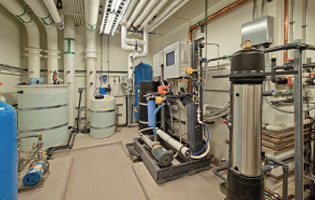
Chemical Terminology Education VIII
Technical explanation
| OHM: | Unit of resistivity. See "Resistivity". |
| O-ring: | A synthetic rubber ring used as a seal in a joint, or to connect two or more pressure vessel modules together. |
| Osmosis: | This is a natural phenomenon where water passes through the filter membrane from a solution with a lower salt concentration to a solution with a higher salt concentration. |
| Osmotic pressure: | When a solution (such as salt water) is passed through a salt-impermeable membrane and pure water is separated from the solution, there will be a flow of water from the pure water to the salt solution. The driving force for this flow is called osmotic pressure, and its strength depends on the number of salt particles in the solution. Note, however, that the osmotic pressure depends on the number of particles, not the total weight of the particles. For example, 1 g/L of a small solute, such as sodium chloride, will exert a greater osmotic pressure than 1 g/L of a large solute, such as protein. For water to flow from a saline solution to pure water, it must withstand a hydrostatic pressure greater than the osmotic pressure. This is the principle of reverse osmosis. |
| Parts per million (PPM): | PPM is equivalent to milligrams per liter (mg/l). |
| Permeate water: | Pure water with most of the dissolved solids removed through the reverse osmosis process. |
| pH: | Water (H2O) can be separated into two ions: hydrogen (H+) and hydroxyl (OH-). These ions can also be combined with other oppositely charged ions and added to the water. Thus, a solution of hydrochloric acid (HCL) added to water supplies both the hydrogen H+ and the chlorine Cl- to the water. The H+ concentration in water is an indicator of the acidity of the water. The OH concentration in water is an indicator of the alkalinity of the water. To simplify things, scientists devised a logarithmic scale called pH. pH ranges from 1 to 14. A pH of 7 is considered neutral. Lower pH values indicate acidic conditions and higher pH values indicate alkaline conditions. Because pH is a logarithmic scale, each increase of 1 pH unit corresponds to a tenfold change in acidity. |
| PHS: | PHS stands for the pH of water in equilibrium with calcium carbonate, meaning saturated. |
| Polyelectrolyte: | Polyelectrolytes are high molecular weight, water-soluble polymers containing chemical groups capable of electrolytic separation to produce highly charged ions. Polyelectrolytes often have a synergistic effect when used with coagulants. |


